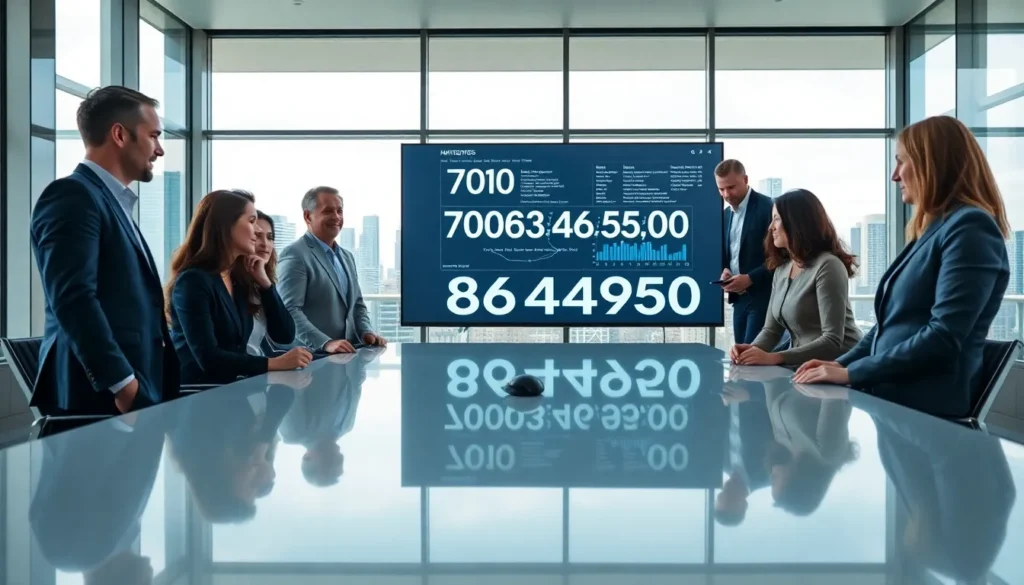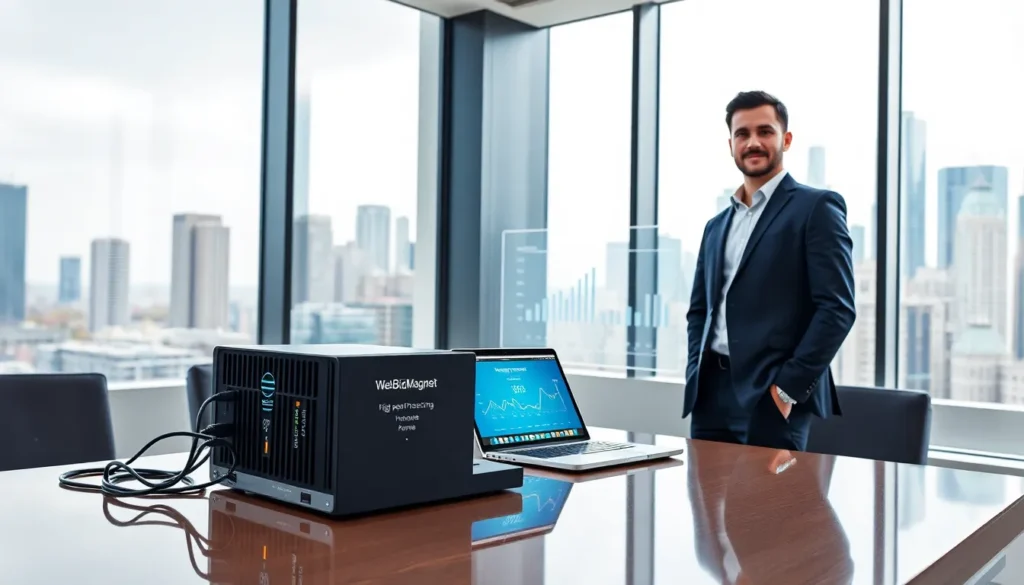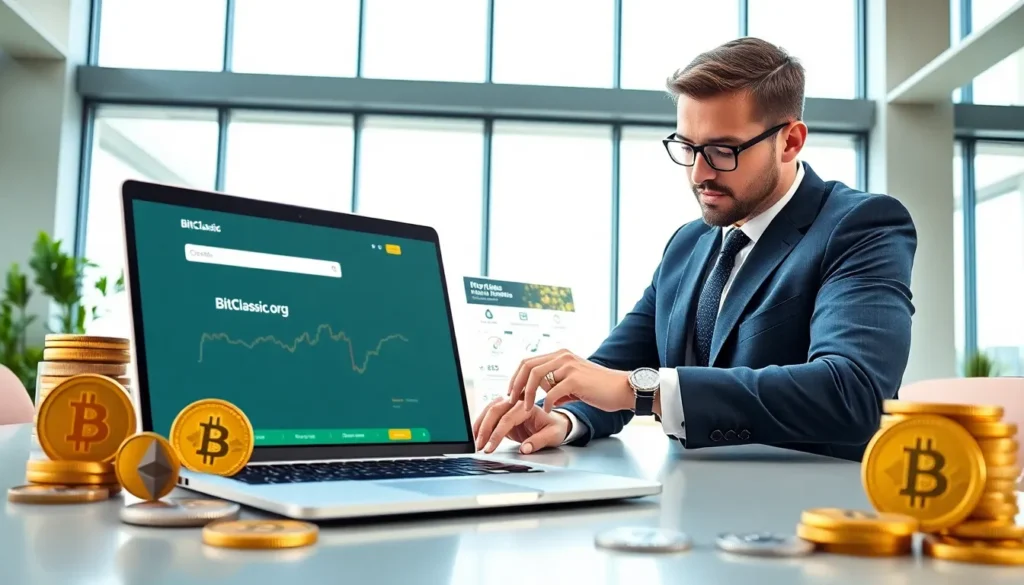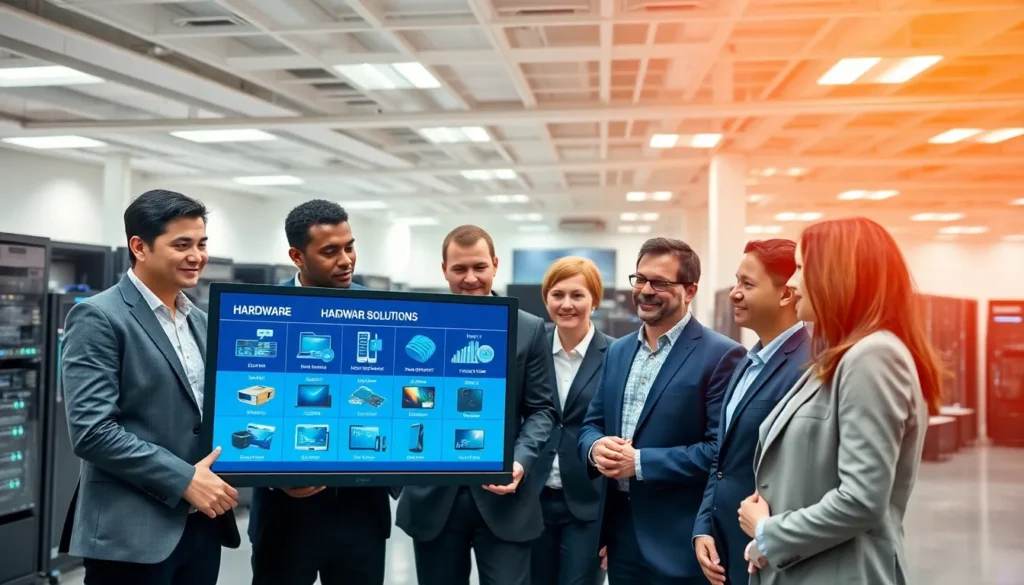Imagine a world where your artistic vision isn’t confined to canvas or marble but can evolve freely through pixels and code. Welcome to the realm of technology art. This innovative medium is not just a fad. It’s transforming how artists connect with their audience, reshaping creative expression. Whether you’re a seasoned art lover or a curious beginner, tech-infused artworks promise to tickle your imagination and leave you wanting more. Let’s dive deep into how technology is revolutionizing the art scene.
Table of Contents
ToggleUnderstanding the Intersection of Technology and Art
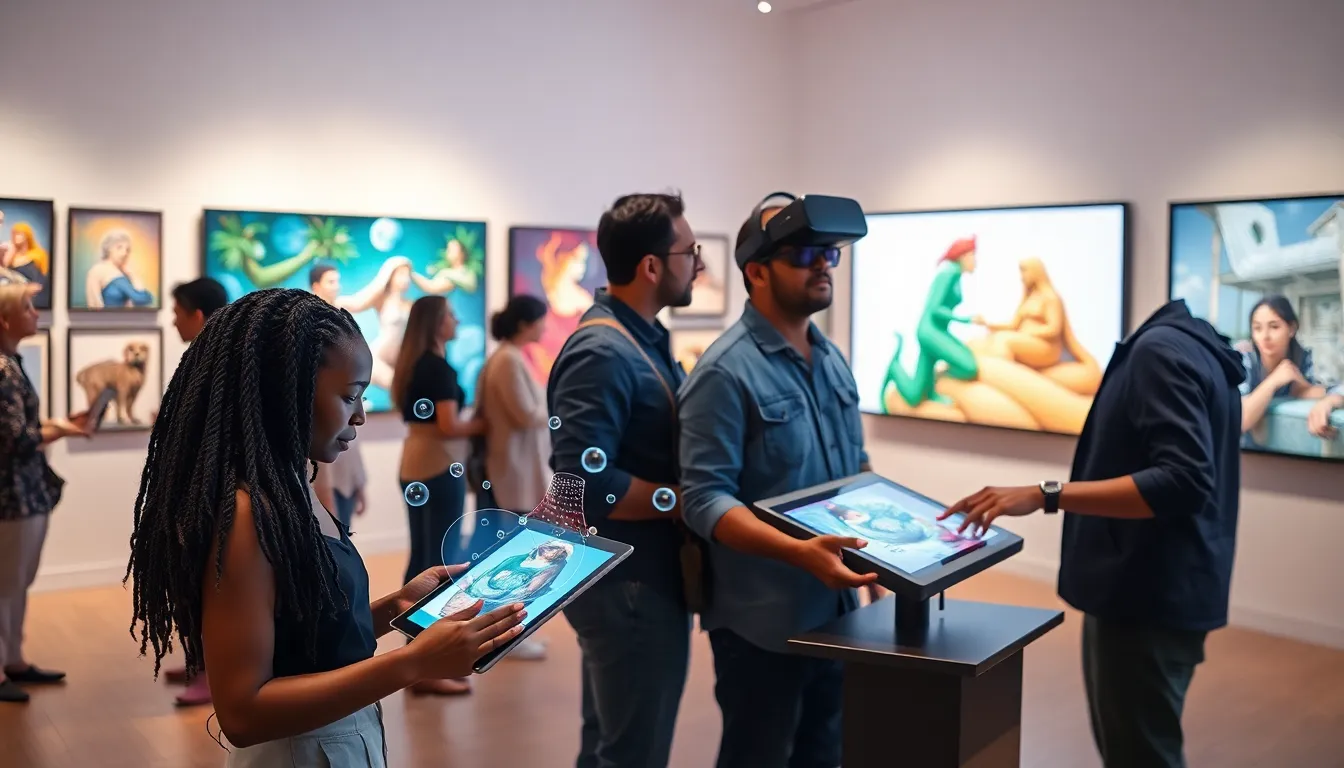
The marriage of technology and art is a match made in creative heaven. Artists now have an array of digital tools at their disposal, which expands their ability to express ideas. One significant development is the rise of digital platforms that allow artists to showcase their work without geographical limitations. ### The Role of Digital Platforms in Art Creation These platforms, ranging from social media to dedicated art sites, have turned every corner of the globe into a potential gallery. Artists can upload, share, and even sell their creations with just a few clicks. It has democratized art, no longer must one go through traditional gatekeepers like galleries and critics. As a result, many artists find greater freedom to explore unconventional ideas, facilitated by tools that allow for experimentation. ### Emerging Technologies Reshaping Artistic Practices Besides, technologies like augmented reality (AR) and virtual reality (VR) are opening entirely new avenues for artistic expression. Picture walking through an art installation that spirals around you, engaging multiple senses or interacting with virtual sculptures only viewable through a headset. These technologies not only enhance the viewing experience but also challenge our perceptions of reality and creativity. When an artist uses these tools, they don’t just create a static piece: they engage viewers in active participation, making them a part of the artwork itself.
Exploring Art Through Interactive Installations
Interactive installations represent the pinnacle of technology art. Here, art transcends the traditional form, blurring the line between observer and performer. These immersive experiences pull viewers into the artist’s narrative, making them feel a part of the story. The use of sensors, projections, and even artificial intelligence allows for artworks that respond to the audience’s movements and emotions. Imagine stepping into a room where the art morphs based on how you interact with it, this is not just art: it’s an experience. It’s a vibrant dialogue between the creator and the viewer.
The Significance of Art Purchase in the Digital Age
One might wonder how the digital age has transformed art acquisition. In the past, collectors often visited galleries and auctions to discover new pieces. Nowadays, the art market has moved online, allowing enthusiasts to purchase pieces with a few clicks. ### Navigating the Market for Digital Art The online market for art has exploded, providing various platforms that make it easy to buy and sell digital art. Artists can set up their online shops, showcasing a diverse selection of pieces. Also, NFTs (non-fungible tokens) have added a unique dimension, allowing digital art to be owned like physical art, verified by blockchain technology. Collectors are now embracing this shift, which opens up new channels for acquiring art. ### Impacts of E-Commerce on Art Acquisition E-commerce has significantly lowered barriers for aspiring collectors. Striking a balance between rarity and accessibility, online platforms democratize the art world. Tomorrow’s artists can focus less on traditional methods and more on creative expression, an evolution that eventually enriches the artistic community.
Analyzing the Popularity of Ebooks in the Art World
The rise of ebooks has been phenomenal, especially within the art community. Artists leverage this format to reach wider audiences while also simplifying how their work is distributed. ### The Rise of Digital Artworks in Ebook Format Rather than relying solely on physical reproductions, many artists curate their works in ebook format, allowing multimedia elements like videos and audio to accompany visuals. This enhanced experience deepens the engagement and illustrates the artist’s vision more comprehensively. ### Benefits of Using Ebooks for Art Distribution Ebooks are not only cost-effective but also environment-friendly, promoting sustainable practices. An ebook can contain a plethora of information, high-resolution images, and interactive features, all packed into a downloadable file. Artists don’t have to worry about shipping or storage: they can focus solely on creating and sharing their masterpieces.
Redwebzine: A Case Study in Technology and Art
One of the standout examples of merging technology with art is Redwebzine. This innovative platform has changed how artists share their work and engage with their audience. ### Innovative Features of Redwebzine’s Ebooks Redwebzine offers a unique blend of visual art and storytelling, with its ebooks featuring interactive elements that elevate the reader’s experience. Each ebook can include animations, sound, and even user participation elements that bring the artwork to life. It is a remarkable case of how technology can bridge the gap between creator and consumer. ### Community Engagement Through Online Platforms Also, Redwebzine fosters community among its users. Artists can connect, and readers can leave feedback that encourages dialogue and collaboration. This kind of engagement is vital in building relationships and promoting artistic development that transcends geographic boundaries.


